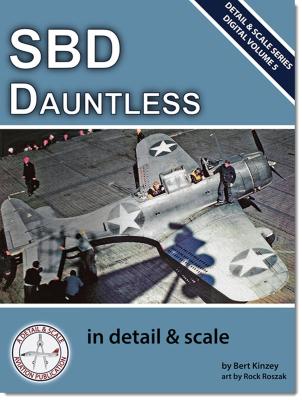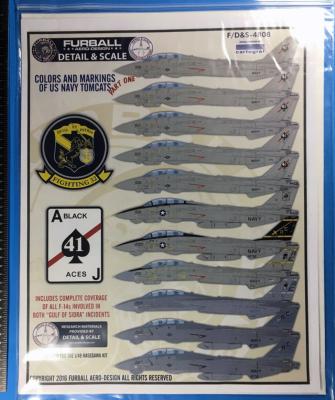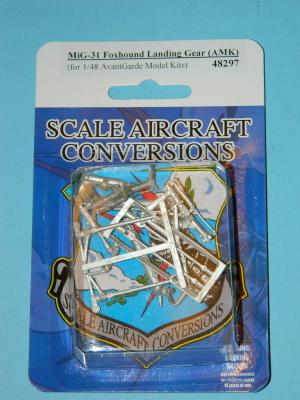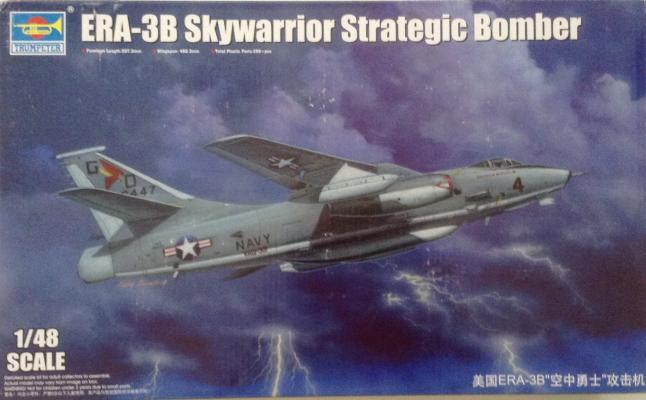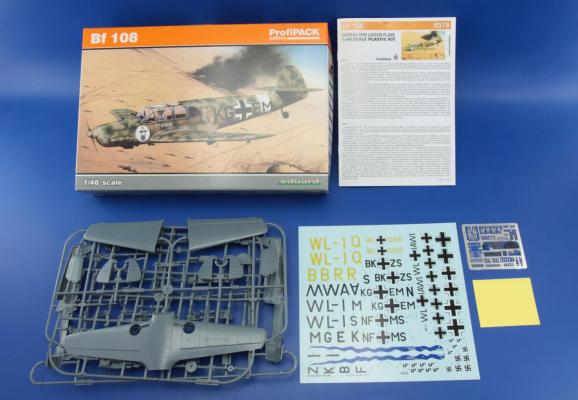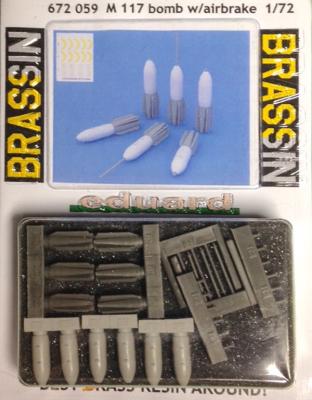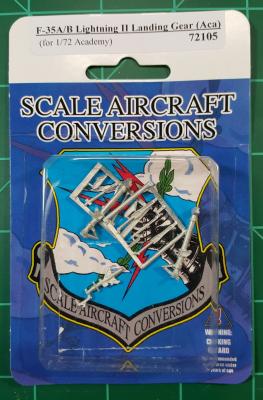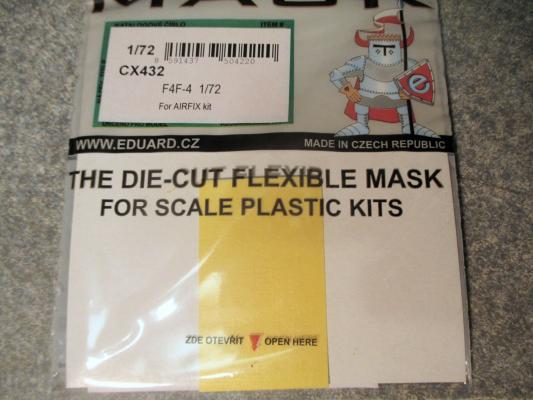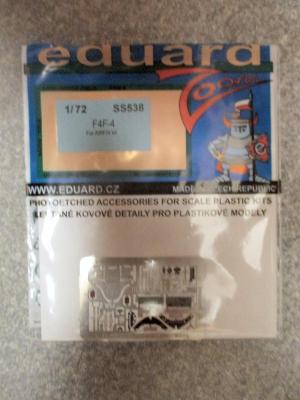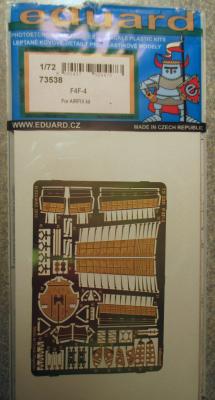Thank you to Bert Kinzey and Rock Roszak for bringing back a tremendous resource for the modeler, this time in digital format. Thank you to the IPMS Reviewer Corps for allowing me to test out this new and exciting method of researching history, details, versions and markings of the Douglas SBD scout/dive bomber.
Thank you Furball Aero-Design for sending these excellent decals for review, and thank you to the IPMS Reviewer Corps for letting me review them! I am very appreciative of the chance to contribute back to the scale-modeling community.
Once again, extreme appreciation and thanks to Ross at SAC for sending us another of your expansive line of metal landing gear, and thanks also to IPMS USA leadership for sending it to me.
And a special note on SAC customer service: Ross’ manufacturing team noted they had some “short shots” on their nose gear, whereby the axle itself was missing on one side. Ross offers a replacement to anyone who purchased the set with this minor defect, free of charge. GREAT service! This review set was one of those, and I noted it only when I opened the package…
This is the second installment, “Full Build,” of Trumpeter’s Douglas ERA-3B 1/48th scale variant to be released by Trumpeter in 2016. This plane represents the US Navy, VAQ-33 ‘Firebirds’, ERA-3B, 104/GD BuNo. 146447. The ERA-3B variant was converted from the RA-3B variant as an electronic aggressor aircraft serving with the VAQ-33 and VAQ-34. This variant follows Trumpeter’s release of the A-3D-2 Skywarrior Strategic Bomber 02868 in 2013 and its EKA-3B Skywarrior 02872 in 2015. The model will be based upon the US Navy, VAQ-33 ‘Firebirds’ plane as seen on page 49 in the “A-3 Skywarrior in action book, Jim Sullivan, Aircraft Number 148, Squadron/Signal Publications”. Jim Sullivan’s depiction of the picture states that this plane is sitting on the flight line at NAS Oceana Virginia on 12 May 1977.
The Messerschmitt Bf 108 Taifun is a German single-engine sport and touring aircraft developed by Bayerische Flugzeugwerke (Bavarian Aircraft Works) in the 1930s. The Bf 108 is of all-metal construction.
Originally designated the M 37, the aircraft was designed as a four-seat sports/recreation aircraft for competition in the 4th Challenge International de Tourisme (1934). The M 37 prototype flew first in spring 1934 powered by a 250 PS (247 hp, 184 kW) Hirth HM 8U inverted-V engine, which drove a three-blade propeller. Although it was outperformed by several other aircraft in the competition, the M 37's overall performance marked it as a popular choice for record flights. Particular among these traits was its extremely low fuel consumption rate, good handling, and superb takeoff and landing characteristics.
The M117 is a general purpose 750 lb. (unguided) bomb used by the United States military starting in the 1950s and continuing up through Operation Desert Storm, Iraqi Freedom and Afghanistan. It was used extensively in the Vietnam War being carried by everything from F-100s, to F-111s, to B-52s. The bomb consists of a bomb body containing the explosives, one of several different tail assemblies and fuses.
Eduard has issued three different M117 sets. This set represents the M117 with the high-drag tail assembly primarily for use in low altitude deliveries. The tail assembly has four large plates that open up when the bomb is dropped, greatly increasing the drag on the bomb, slowing its descent so as to allow the delivery aircraft an opportunity to get clear before the bomb impacts and explodes.
Scale Aircraft Conversions is known for making replacement landing gear for a wide variety of kits in virtually every scale in which model aircraft are available. This set is designed to replace the plastic gear in the Academy F-35A kit. The packaging says it’s for F-35A/B, but Academy doesn’t do an F-35B yet. The only F-35B kit in 1/72 that I know of currently is the Fujimi kit and these landing gear are a bit shorter and less beefy than the ones in that kit. Perhaps the guys at SAC know something we don’t.
The set includes both main gear legs and the nose gear with their separate retraction struts. The struts are very sturdy and are made to be drop-in replacements for the kit parts. The parts require very little clean up, though some parts do occasionally become a bit bent during shipping. No worries there, though, since they are very easily straightened. Recommended, especially if you want landing gear that are sturdier than the kit ones.
This is a mask set for the Airfix Grumman F4F-4 kit recently issued by Hornby-Airfix. It consists of a small sheet of yellow masking paper die cut so that the parts required can be easily removed without damage and applied to the areas to be masked. These include the clear glass areas of the cockpit canopy and the armpit windows below the wing. They fit exactly, and should quicken the painting process.
Recommendation
These are worth getting, and would be useful on the Hasegawa and Hobby Boss kits as well.
This photoetched sheet provides a lot of detailed parts for the interior of the Airfix F4F-4 Wildcat kit. A total of 18 parts are provided on a sheet measuring about 2 inches by 1 ½ inches, which should tell you that some of the parts are extremely small. An instrument panel, metal pilot’s seat, and side panel details are included. In addition, some details are provided for the aircraft’s firewall, which can be seen behind the landing gear structure. There is a lot included here, and these will add to the detail if you are trying to super-detail the cockpit. Very detailed instructions are provided, which tell what parts to remove and replace with the PE parts. Be sure to follow the instructions carefully.
Recommendations
This set is highly recommended for adding additional detail to the cockpit of your Airfix F4F-4. It would also be useful in adding details to other F4F kits.
This is a much more extensive set of PE details for the Airfix F4F-4 kit, and actually includes both the larger sheet and the smaller #SS538 PE sheet which has the cockpit details. In addition, the much larger PE sheet provides parts to construct more detailed wings, including flaps and sections of the folded wings. Some of the inner details for the wings in the folded position are provided, and they look excellent. Also, a new firewall is provided, and some details for it. A set of bomb racks and shackles is also on the sheet. The parts are relatively easy to prepare for assembly, but some careful trimming is required, and I would suggest using some pretty sophisticated magnification equipment, as these parts are pretty small and assembly is tedious. If you want to display your model with the flaps in the “down” position, this set will fill the bill.
However, there is a major philosophical problem here. The PE SHEET provides two sets of flaps,

